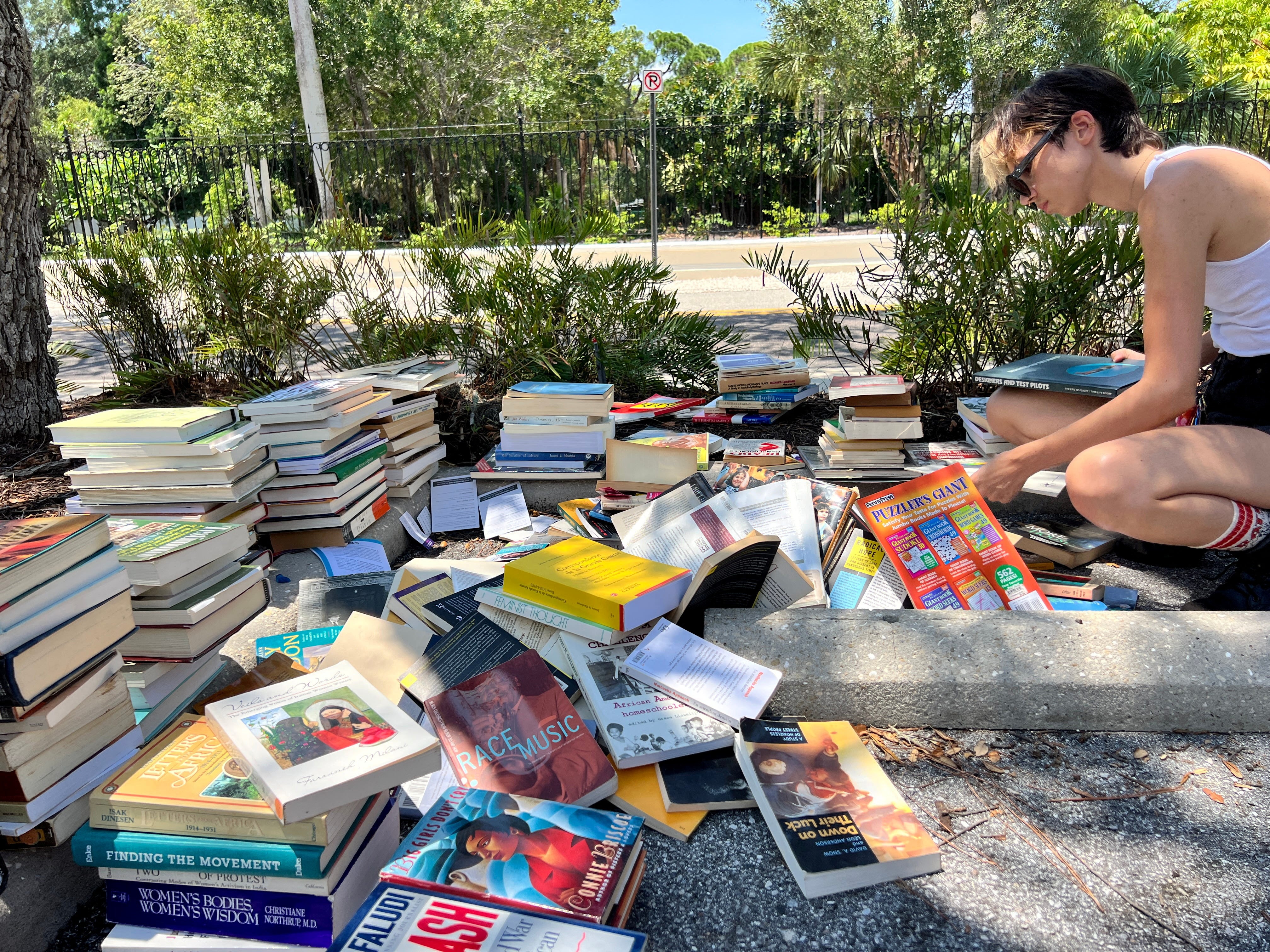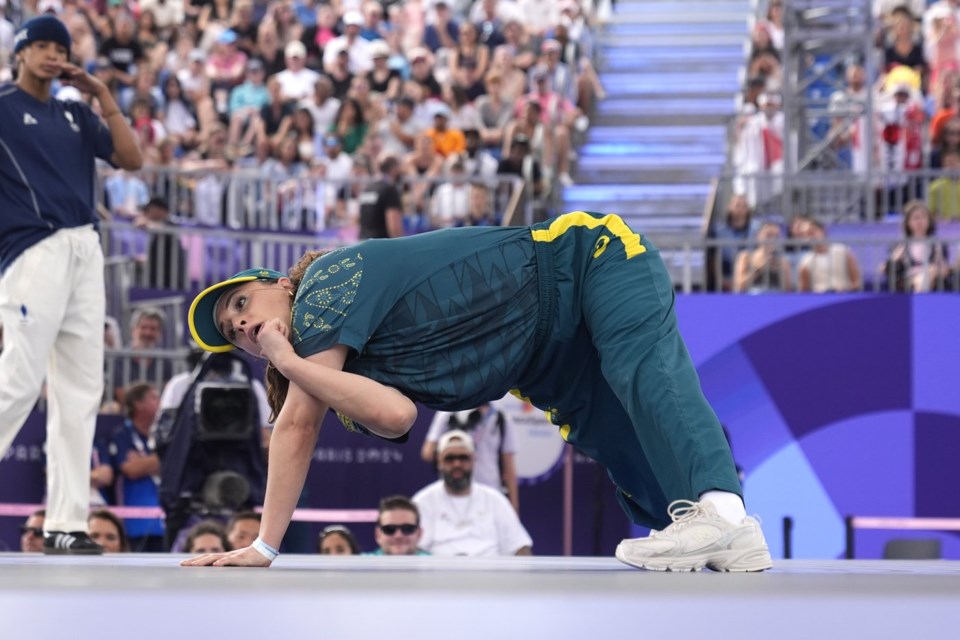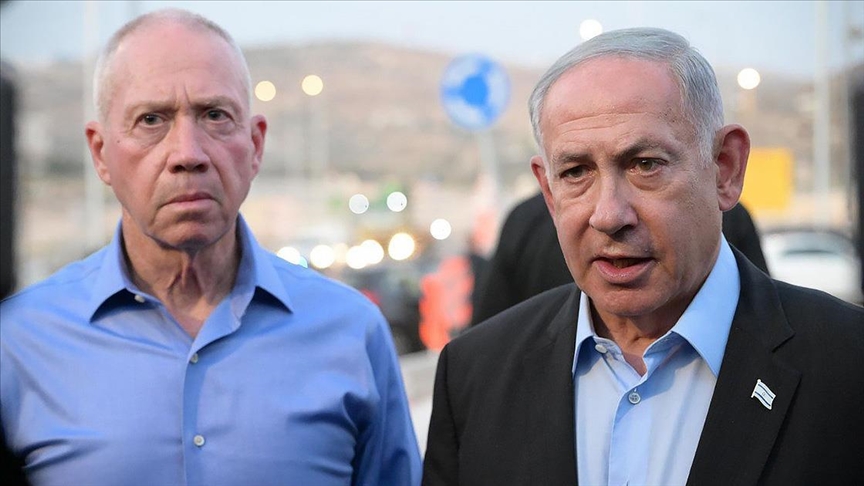SYDNEY (AP) — Australian breaker Rachael Gunn said the backlash to her much-ridiculed Olympic performance has been “devastating,” adding Thursday that she took the competition seriously and gave her best effort.
The 36-year-old b-girl known as Raygun said in a video posted to social media that she wasn’t prepared for the level of negative attention she has received since judges awarded her zero points in her Olympic debut. Meanwhile, the Australian Olympic Committee criticized an anonymous online petition attacking the Paris Games competitor, saying it was “vexatious, misleading and bullying.”
“I didn’t realize that that would also open the door to so much hate, which has, frankly, been pretty devastating,” Gunn said. “But I went out there and I had fun. I did take it very seriously. I worked my butt off preparing for the Olympics and I gave my all, truly.”
The sport of breaking made its Olympic debut in Paris, and one of the lasting images was the performance of Gunn, a 36-year-old university professor from Sydney — who did a “kangaroo dance” among other questionable moves during her routine — and did not receive a single point from any of the nine judges in either round.
Gunn was subsequently mocked for her efforts, including a parody on “The Tonight Show Starring Jimmy Fallon” in the United States. In the video, she said she was subjected to abuse that went beyond criticism of her dance moves.
“I’d really like to ask the press to please stop harassing my family, my friends, the Australian breaking community and the broader street dance community," she said. "Everyone has been through a lot as a result of this. So I ask you to please respect their privacy.”
Gunn, who has not yet returned to Australia, received strong support from Australian Olympic team leader Anna Meares while in Paris. On Thursday, the AOC went a step further, taking aim at what it called erroneous material published online.
Chief executive officer Matt Carroll said the the AOC had written to Change.org, which had published a petition criticizing Gunn and the AOC, demanding that it be withdrawn.
More than 40,000 people had signed the petition claiming Gunn had “manipulated” Olympic qualification processes.
Change.org said in a statement Thursday that it removed the petition after flagging it for misinformation.
“Change.org maintains strict guidelines against content that constitutes harassment, bullying, or spreading false information,” the statement said. “We take such matters seriously and remove any content that violates these standards to protect our users and uphold the integrity of our community.”
Carroll said the petition “contained numerous falsehoods designed to engender hatred against an athlete who was selected in the Australian Olympic team through a transparent and independent qualification event and nomination process.”
“It is disgraceful that these falsehoods concocted by an anonymous person can be published in this way," Carroll said. “It amounts to bullying and harassment and is defamatory. We are demanding that it be removed from the site immediately. No athlete who has represented their country at the Olympic Games should be treated in this way.”
Breaking at the Olympics might have been one-and-done in Paris. The sport is not on the competition list for Los Angeles in 2028, and also is unlikely to appear in 2032 at Brisbane, Australia.
Online criticism of Gunn this past week has included suggestions that the Oceania qualifying event held in Sydney last October was set up to favor her, and questioned the judging that allowed Gunn to qualify.
The AOC said Thursday the Oceania qualifying event was conducted under the Olympic qualification system determined by the international governing body, the World DanceSport Federation (WDSF), and approved by International Olympic Committee.
It said the judging panel for the event was selected by the WDSF and consisted of nine independent international judges.
Unattributed social media comments also suggested Gunn and her husband, fellow breaker Samuel Free, had held positions within Australian breaking organizations.
“Rachael Gunn holds no position with AUSBreaking or DanceSport Australia in any capacity,” the AOC said Thursday. “She is simply an athlete who competed in the qualifying event which she won.”
___
AP Summer Olympics: https://apnews.com/hub/2024-paris-olympic-games
The Associated Press










